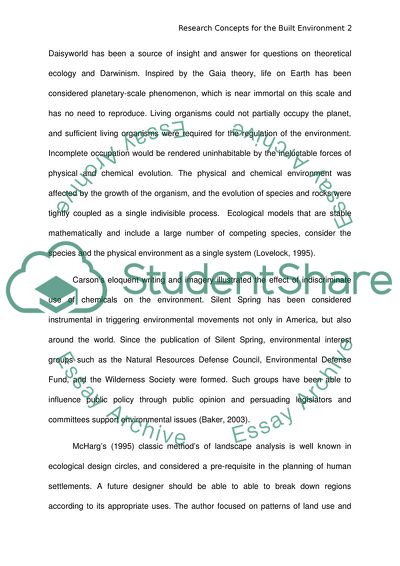Cite this document
(Research Concepts for the Built Environment Proposal, n.d.)
Research Concepts for the Built Environment Proposal. Retrieved from https://studentshare.org/engineering-and-construction/1729364-research-concepts-for-he-buit-envirionment
Research Concepts for the Built Environment Proposal. Retrieved from https://studentshare.org/engineering-and-construction/1729364-research-concepts-for-he-buit-envirionment
(Research Concepts for the Built Environment Proposal)
Research Concepts for the Built Environment Proposal. https://studentshare.org/engineering-and-construction/1729364-research-concepts-for-he-buit-envirionment.
Research Concepts for the Built Environment Proposal. https://studentshare.org/engineering-and-construction/1729364-research-concepts-for-he-buit-envirionment.
“Research Concepts for the Built Environment Proposal”, n.d. https://studentshare.org/engineering-and-construction/1729364-research-concepts-for-he-buit-envirionment.


